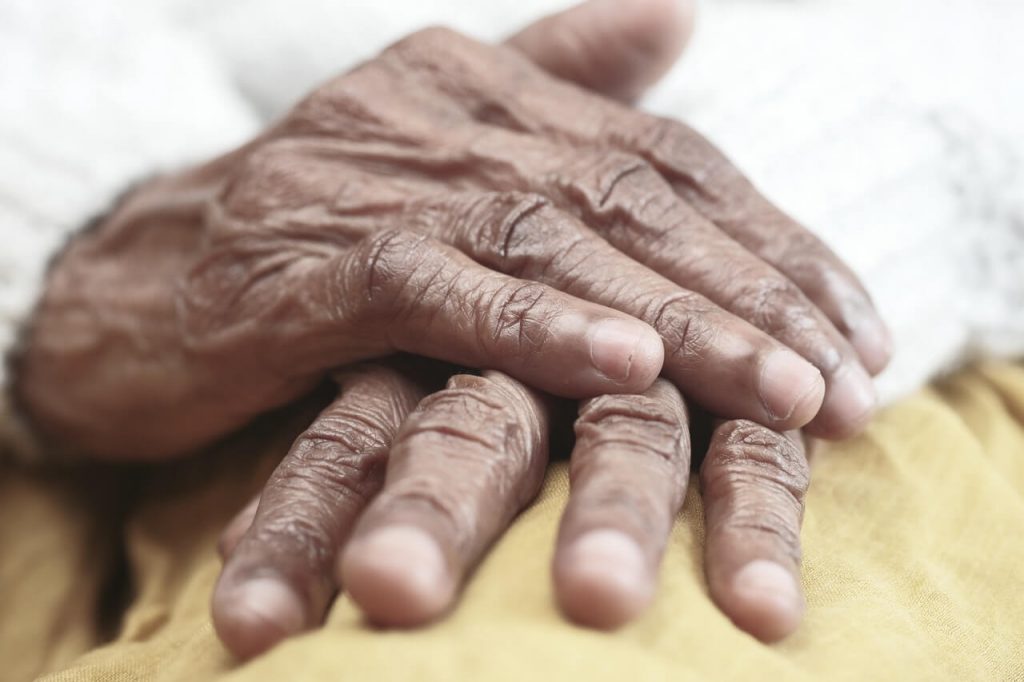5 Common Types of Arthritis
The commonly known symptom of arthritis is joint pain and stiffness. The disease affects your joints and may affect men, women, and children of any age.
Its symptoms make you immobile and inactive and can worsen by age, causing you to experience swelling, pain, stiffness, tenderness, and decreased range of motion in one or more of your joints.
Therefore, arthritis is a term used to describe or refer to any disorder affecting your joints.
Arthritis can also cause other symptoms if not diagnosed and treated early. The treatment of arthritis will depend on its type and the degree of its infections.
However, the treatment is to help manage and reduce its symptoms as the treatment will help you live an active, productive, better, and quality life.
Arthritis is most common in the following areas of the body; feet, hands, hips, knees, and lower back.
There are 5 Common Types of arthritis, and they all affect and damage different parts of your body in different ways.
Let’s look at them, their causes, and treatment:
1. Osteoarthritis
Osteoarthritis is more common than any other type of arthritis. It wears, tears, and damages the joint’s cartilage.
Cartilages are your body’s shock absorber. They are the hard, silk-coated end of the bones where the joints are formed.
These cartilages help cushion the bones and make the joints have a frictionless motion.
Lack of enough cushioning may result in bone frictions, which causes pain, restricted movement, and inflamed and swollen joint lining.
Osteoarthritis may affect men, women, and children, but it mostly happens with age, obesity, and any other injury that might pressure your joints.
Symptoms
Osteoarthritis symptoms depend on which joint or joints are affected.
However, you may experience deep, aching pain in your joints and difficulty in gripping things, squatting, bending over, or climbing stairs.
You may also experience unusual morning stiffness that typically lasts less than 30 minutes. Also, stiffness after resting, swollen and harder to move joints, pain when walking.
In addition, you may be unable to move through a full range of motion.
2. Rheumatoid arthritis
Rheumatoid Arthritis is an autoimmune disease. Your body’s immune system begins to fight against itself, causing inflammation and swelling of the synovial membrane.
The outcome is severe destruction of the cartilage and bone within the joints.
Furthermore, research shows that 1 out of 5 people with rheumatoid arthritis get lumps on their skin called rheumatoid nodules. These nodules protrude on the joints that receive pressure, such as elbows, heels, and knuckles.
The cause of this type of arthritis has not been known. However, some doctors believe that the collision of your immune system releases some viruses and infections, which later attack your joints and spread to the other parts of your body.
Symptoms
RA’s symptoms are more severe than osteoarthritis, and they develop gradually or start suddenly.
The most common symptoms include stiffness, pain, and swelling in your hands, ankles, neck, elbows, wrists, feet, jaw, knees, and shoulders.
Also, you may experience loss of appetite, fatigue, and morning stiffness which can last for about an hour.
3. Psoriatic Arthritis
People with this condition mostly experience inflammation of the skin (psoriasis) and joints (arthritis).
That is why the condition is called psoriatic arthritis. Arthritis causes light, raised, white, and red, inflamed skin with scales.
The condition mostly affects the knees, the navel, tips of the elbows, the scalp, and skin around the genital areas or anus.
Furthermore, patients suffering from skin disease can get psoriatic arthritis, and it majorly affects patients from ages 30-to 50 years. It can also affect children, but it’s more prevalent among men and women adults.
Symptoms
This type of arthritis affects the toes and fingers and can also cause swelling and discoloration on the fingernails.
In some cases, the condition only affects a few joints, the spine, or one side of the finger and toes.
4. Gout Arthritis
Gout is a compilation of crystals and uric acid in a joint. The condition mostly affects your foot, more so the big toe.
With gout arthritis, you will often wake up to sudden sharp pain in your big toe. This pain is caused by alcohol, stress, drugs, or other illnesses.
The pain will last for up to 10 days during its first occurrence. If left untreated, the pain will disappear and may re-occur more frequently and last longer than the previous one.
Another effect of untreated gout is that it may damage your kidney and affect your joints.
Symptoms
Gout’s symptoms often come suddenly. You may wake up to a sudden feeling of intense joint pain in your big toe, fingers, elbows, ankles, wrists, or knees.
You will also experience some discomfort, inflammation, redness, swollen and tender joints, and hard-to-move joint.
5. Lupus Arthritis
Lupus is an autoimmune disease that affects many organs in your body and your joints. Experts still haven’t known the exact cause of lupus.
Instead, your system begins to fight against itself instead of attacking other viruses and foreign invaders.
Your body then begins to feel some inflammation and pain in the joints, your organs, your brain, and your general body.
Further, pregnant women between 15 and 44 are more likely to get lupus than men.
Symptoms
Its symptoms include fatigue, and swelling in the feet, legs, and hands. Also, around the eyes, painful, swollen joints, mouth sores, sun sensitivity, headaches, and hair loss.
In addition, rashes, including a “butterfly” rash across the cheeks. Your fingers and toes will also turn blue or white when exposed to cold.
As well as blood disorders like anemia, low levels of white blood cells or platelets, and chest pain. This chest pain may emanate from inflammation of the lining of the heart or lungs.
Also Read- Malaria: Causes, Prevention, and Treatment
How Is Arthritis Treated?
Treating arthritis provides relief and increases strength in mobility.
Treatment also helps manage the disease and prevent extensive damage to the joints as it keeps pain and inflammation away.
Different types of arthritis call for different forms of management and treatment.
Most common treatments include occupational or physical therapy, joint protection, exercise, prescribed medication, rest, and surgery to correct joint damage.
However, its treatment will also depend on the nature and seriousness of the underlying condition.
Another common treatment for arthritis involves prescribing large doses of intravenous antibiotics and draining excess infected fluid from the joints.
Conclusion
Arthritis can cause pain, inflammation, and reduced mobility since it affects the joints.
Its results are severe damage to the cartilages, causing autoimmune diseases or inflammatory conditions.
While seeking treatment, your doctor will provide the right treatment plan after assessing your symptoms.
Arthritis is not a death sentence. If it’s diagnosed and treated earlier enough, you will still be able to get a new lease on life and resume your active status.


